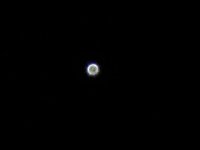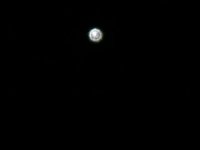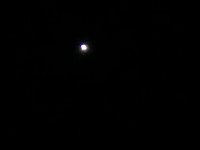Hi,
In what percentage is sample variation present in Swaro’s ATX line?
I’m a very happy owner of a 95ATX for a couple of years and there are others I know, who also own one. It happened a few times, someone told me they thought mine seemed a little better than the one a friend owns.
Now I purchased a 65mm objective modul and I’m not impressed at all.
I feel it lacks some sharpness, always searching for the right focus.
Above 40x feels to much, while with my 95, the view stays sharp, even at 70x (if not touching the scope)
I remember looking through one a year ago thinking that it was very nice and when comparing with my 95, I thought it was not much behind in lower magnifications. I don’t feel the same way with my example.
Should expected more from the ‘best’ 65mm scope available.
Not sure what to do, maybe some side by side with another to see..
I don’t believe mine is the standard, if it is, I like to see something else like a Kowa tsn or something. I’ll bet money it’s better.
In what percentage is sample variation present in Swaro’s ATX line?
I’m a very happy owner of a 95ATX for a couple of years and there are others I know, who also own one. It happened a few times, someone told me they thought mine seemed a little better than the one a friend owns.
Now I purchased a 65mm objective modul and I’m not impressed at all.
I feel it lacks some sharpness, always searching for the right focus.
Above 40x feels to much, while with my 95, the view stays sharp, even at 70x (if not touching the scope)
I remember looking through one a year ago thinking that it was very nice and when comparing with my 95, I thought it was not much behind in lower magnifications. I don’t feel the same way with my example.
Should expected more from the ‘best’ 65mm scope available.
Not sure what to do, maybe some side by side with another to see..
I don’t believe mine is the standard, if it is, I like to see something else like a Kowa tsn or something. I’ll bet money it’s better.







